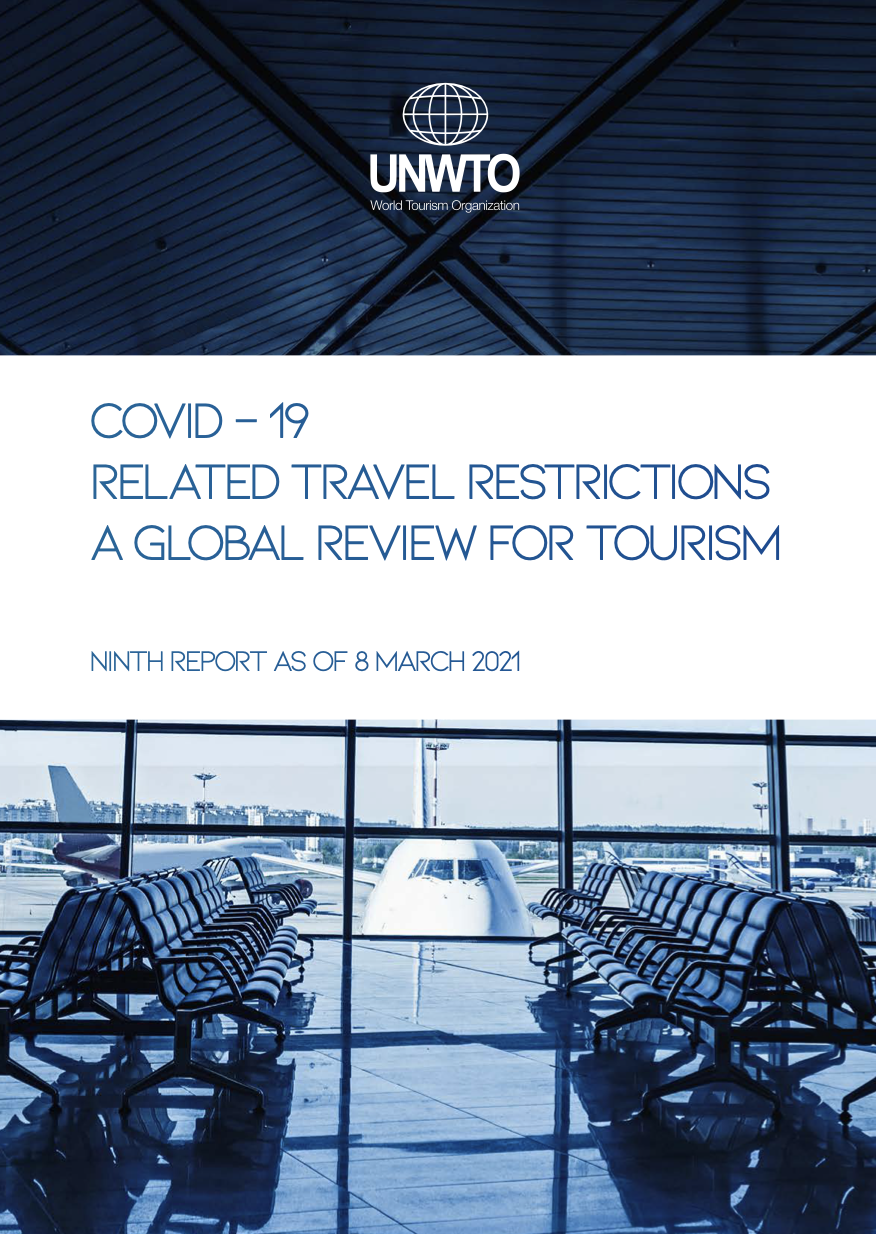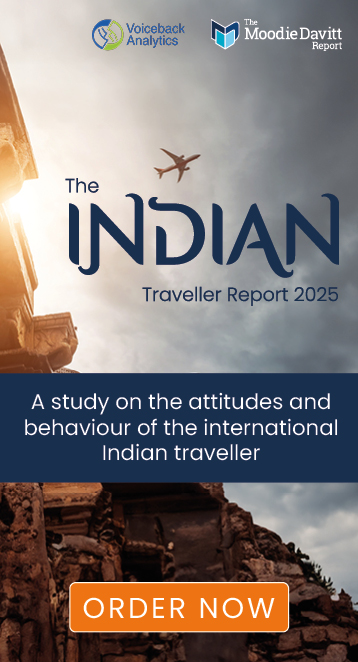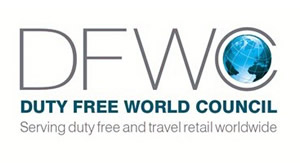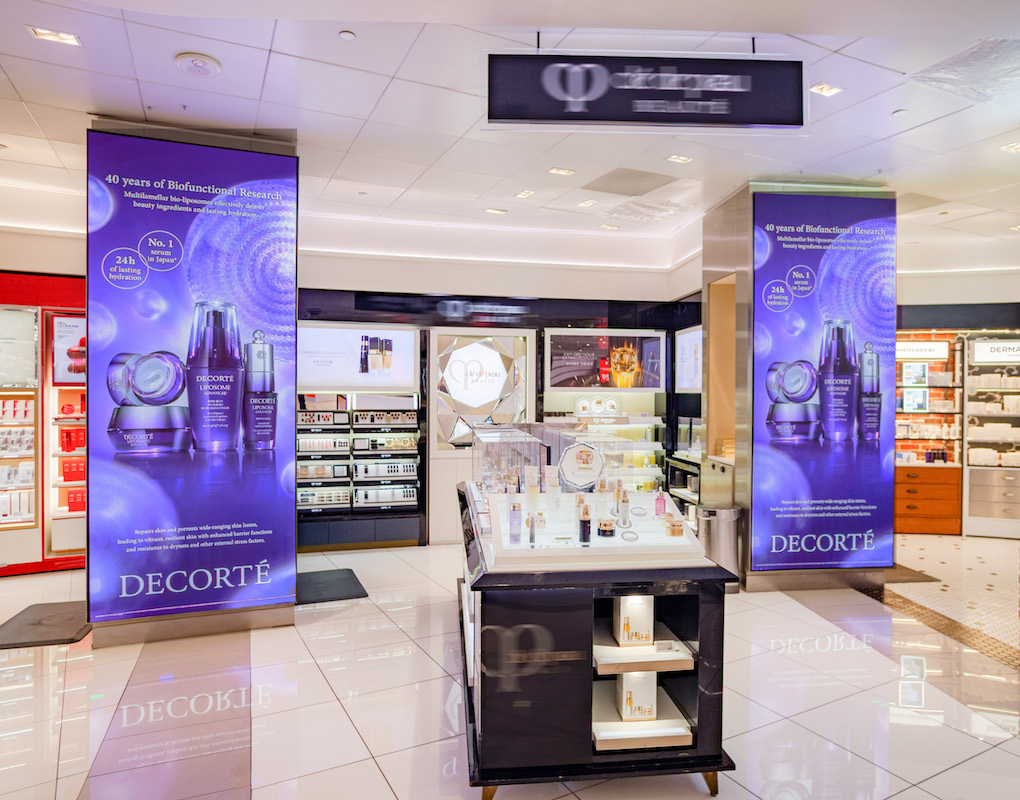
INTERNATIONAL. Around one in three destinations worldwide are now completely closed to international tourism, according to the latest data from the UN World Tourism Organization (UNWTO).
The agency said that the emergence of new variants of the COVID-19 virus has prompted many governments to reverse efforts to ease restrictions on travel, with total closures to tourists most prevalent in Asia Pacific and Europe.
As of the beginning of February, 32% of all destinations worldwide (69 in total) are fully closed for international tourism. Of these, around just over half (38 destinations) have been closed for at least 40 weeks. At the same time, 34% of worldwide destinations are now partially closed to international tourists.
The report noted that five destinations have lifted all COVID-19 travel restrictions, namely Albania, Costa Rica, Dominican Republic, North Macedonia and Tanzania.
The data features in the UNWTO Travel Restrictions Report, which offers an overview of the rules in place in 217 destinations.
UNWTO Secretary-General Zurab Polilikashvili said: “Travel restrictions have been widely used to restrict the spread of the virus. Now, as we work to restart tourism, we must recognise that restrictions are just one part of the solution. Their use must be based on the latest data and analysis and consistently reviewed so as to allow for the safe and responsible restart of a sector upon which many millions of businesses and jobs depend.”

The ninth edition of the UNWTO Travel Restrictions Report shows that regional differences in travel restrictions remain. Of the 69 destinations where borders are completely closed to tourists, 30 are in Asia and the Pacific, 15 are in Europe, 11 are in Africa, 10 are in the Americas and three are in the Middle East.
UNWTO research also indicates a trend towards adopting a more “nuanced, evidence and risk-based approach” to implementing travel restrictions. Growing numbers of destinations worldwide now require international tourists to present a negative PCR or antigen test upon arrival and also provide contact details for tracing purposes.
Some 32% of all worldwide destinations (70 locations) now have the presentation of such tests as their main requirement for international arrivals often combined with quarantine, while the same amount have made tests a secondary or tertiary measure.
Analysis of the top ten tourism source markets currently advising against non-essential travel abroad found they generated 44% of all international arrivals in 2018. UNWTO noted that advice issued by governments will play a crucial role in the restart and recovery of tourism in the weeks and months ahead.















